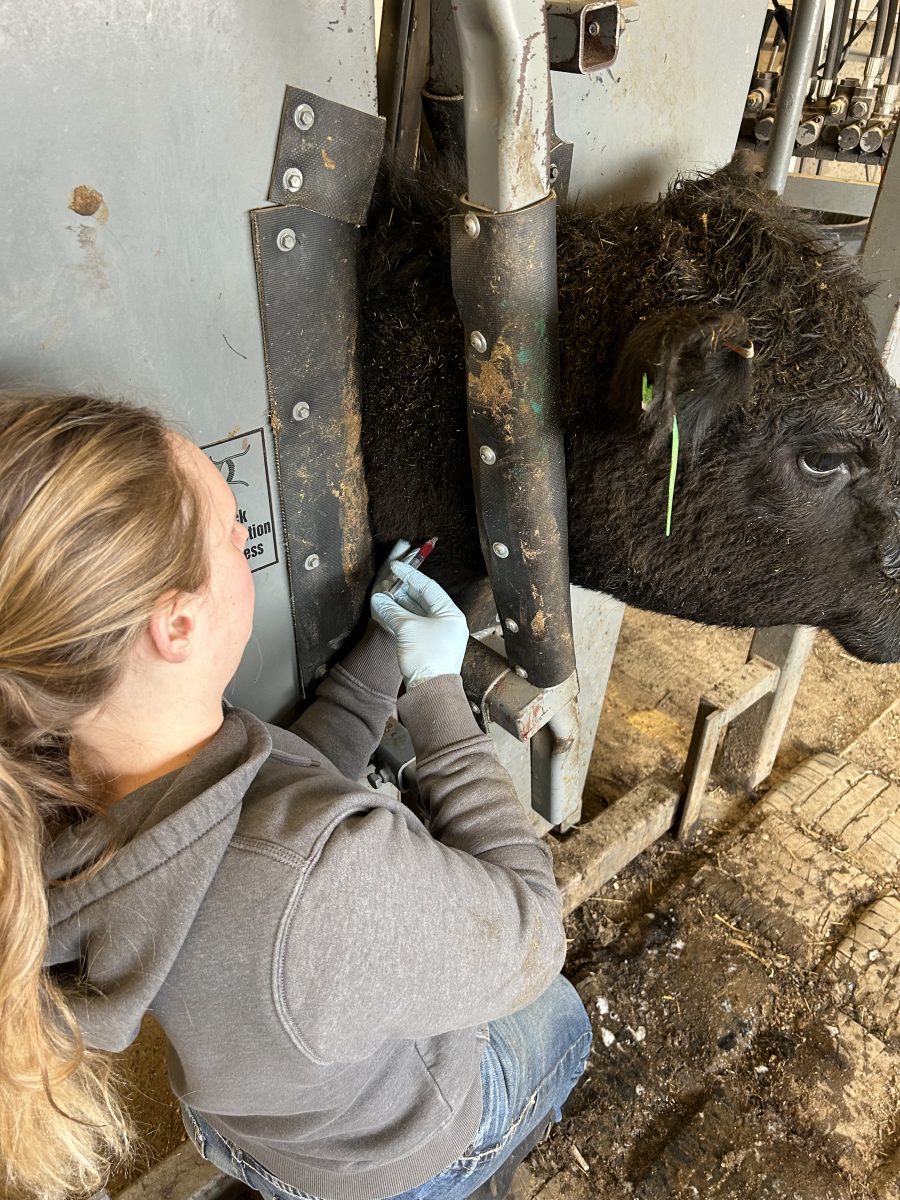What should you do when credit-card debt hits you hard?
October 17, 2006
Jen Jungwirth
SDSU junior Justin Parham was 18 when he received his first credit card offer.
“It came in the mail, and at the time I thought it was pretty sweet,” he said.
But Parham became one of the many students sucked into credit card debt.
“I fell into an $8,000 debt,” he said. “I would take out cash advances, because it was just like a quick loan. But soon the interest became extremely high. When I was paying the minimum each month, I was only paying off the interest. I never got anywhere. It was a vicious cycle.”
Parham said he was paying more than 20 percent on interest each month.
He, along with Natalie Wilber, Brookings Wells Fargo store manager, has several tips on how to manage a card and keep out of debt.
Wilber said the most important thing students can do when using a credit card is practice responsible management.
“Keep an eye on your spending and make sure the balance is not too big,” she said.
For many students, this is not an issue.
Sophomore Hannah Audus finds handling her credit card to be quite easy.
“I try to use my card only for larger purchases,” she said. “And then I make sure I pay the whole thing off each month.”
Audus said the interest rates are just too high to only pay the minimum each month.
In order to allow for safer credit management, Wells Fargo has designed a credit plan specifically for college students.
“The credit cards we offer for students are primarily for overdraft protection,” Wilber said. “They are also designed to help students gain good credit history.”
Although Wilber said she hasn’t witnessed many students fall into debt with their plan, “it does happen.”
Parham said when signing up for a credit plan, it is important that students understand the terminology such as APR, annual fee, interest rate and late fee.
“If you understand these terms, it makes owning and managing a credit card much simpler,” Parham said.
“If your first payment is late, you might get a $35 late fee,” he said. “It’s important for students to know why they are being charged extra and how they can avoid it in the future.”
He said not to use cash advances unless it is an emergency.
“If your car breaks down, it is useful to have that automatic cash,” Parham said. “But I learned the hard way.”
He and Wilber agreed students should only have one credit card. This will more easily help monitor spending and establish better credit history.




















